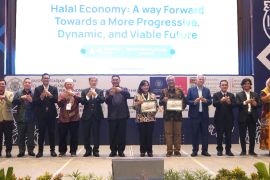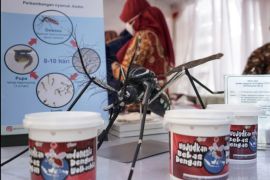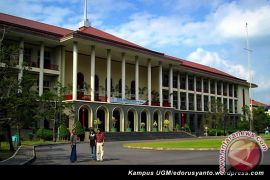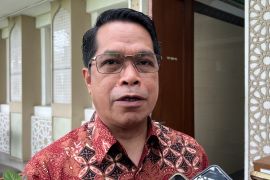"The two energy efficient vehicles are the Semar Prototype and the Semar Urban," said Jayan Sentanuhady, adviser of Gadjah Mada University`s Semar Team, here Thursday.
The Semar Team was aiming to achieve maximum fuel efficiency and riding distance, Jayan said.
The engines of the energy efficient vehicles were designed for heat efficiency and maximal volume under certain balanced conditions, Jayan said.
"They are long stroke engines with high torque characteristics on the low rev to lower fuel consumption," Jayan, who is also a lecturer of Machine and Industry Engineering of Engineering Faculty of UGM, said.
According to Jayan, the Semar Prototype could cover 280 kilometers on one liter of gasoline.
The Semar Prototype was 2.8 meters long, 0.65 meters high, one meter wide and had a 1.6-meter long wheel base.
The chassis wa made of fiberglass with 2 millimeter thickness, while the engine was a 25 cc four-stroke single cylinder able to take the vehicle to its maximum velocity of 45 km per hour.
Meanwhile, the Semar Urban, which was designed as an energy efficient city car , was now still in a finishing process.
The Semar Urban used a 125 cc four-stroke engine, had double spark plugs which were ignited sequentially using an Electronic Control Unit, and consumed number 95 octane gasoline, Jayan said.
The Semar Urban`s dimensions were 2.3 meter long, 1.3 meter high, and 1.3 meter wide.
To compete in the upcoming competition, the Semar Prototype`s engine, which was 25 cc, would be replaced with a 115 cc engine to gain more power on an uphill road, Jayan said.
The rear swing arm, rear seats and steering paddock would be made separately, Jayan said, adding that the wheel house would be made outside the chassis to maximize its steering wheel turning angle until 45 degree.
With such transformation, Jayan hoped Semar Team could compete and perform well and win the competition.
(Uu.KR-AES/HAJM/A014)
Editor: Priyambodo RH
Copyright © ANTARA 2011








